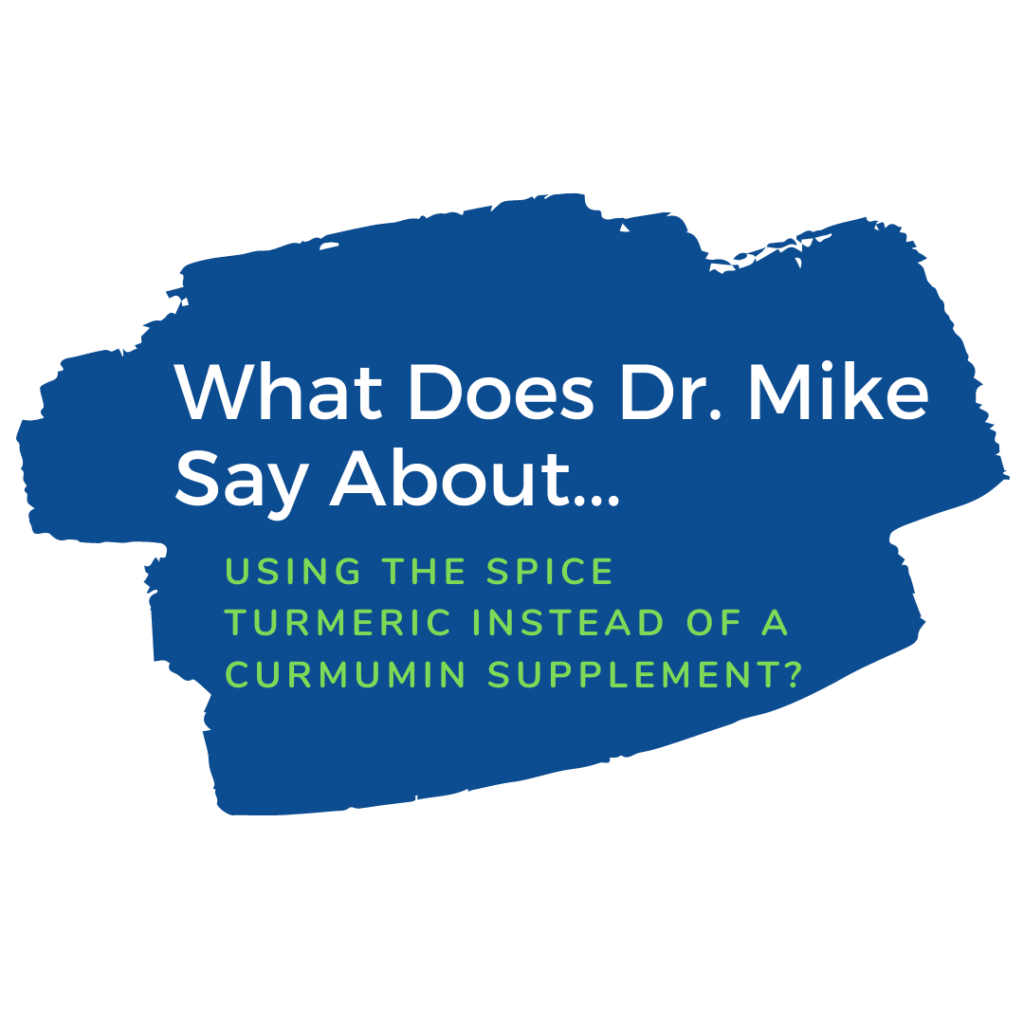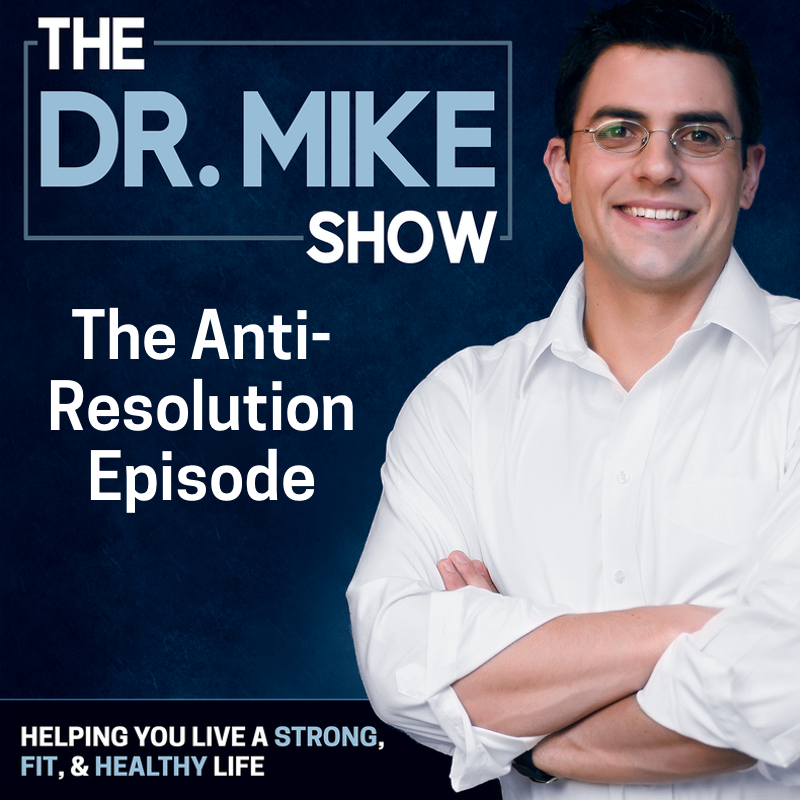Rapid fat loss has always been a topic that interests me. Initially, I think that I was attracted to the idea because it was very polarizing. One group of people, the traditional/institutional/science folk, would tell you that losing weight too fast is dangerous and bad for your health. The other group of people, marketers/sales folks, would tell you that you can lose as much weight as you want (see image below). But, they were either lying through their teeth OR the methods they proposed were actually dangerous to your health. I always thought that there had to be a different approach. Something that wasn’t bad for your health – that actually worked.

At the most basic (but not optimal) level, weight loss is about burning more than you take in – right? So where could things become dangerous? We know that athletes can burn an insane amount of calories each day without detrimental health effects. It isn’t like once you burn 3,000 calories in one day your body starts to fall apart. So the “calories out” part of weight loss = calories in – calories out equation wasn’t the unsafe part.
1. Intensity over Duration –  One of the overarching themes of rapid fat loss is preventing adaptation. When your body adapts, it becomes more efficient and burns less calories. Adaption occurs with lower intensity exercise. Running a mile becomes easy after a while. Doing max incline treadmill interval sprints never becomes easy. (Almost) Always choose shorter duration/higher intensity exercise over longer duration/lower intensity work (Tweet This). To be completely honest, most people don’t want to work harder. They would rather grind it out on a treadmill for 60-90 minutes at a low intensity instead of doing intense barbell complexes for 15 minutes and being done with it. High intensity exercise gives you a molecular advantage as well. Bill Hartman, PT owner of I-FAST in Indianapolis, Indiana points out, “High intensity exercise improves both aerobic and anaerobic energy production, resulting in increased mitochondria [the energy powerhouses of your cells]. This effect does top out quickly, usually in 3-4 weeks. When you start working above your anaerobic threshold, you also get a cascade of hormones that can promote fat loss.” In the world we live in today, most of us are pressed for time and are looking for a faster, more effective way to get things done. When it comes to fat loss, crank up the intensity, reduce the duration, and reap the benefits (Tweet This).
One of the overarching themes of rapid fat loss is preventing adaptation. When your body adapts, it becomes more efficient and burns less calories. Adaption occurs with lower intensity exercise. Running a mile becomes easy after a while. Doing max incline treadmill interval sprints never becomes easy. (Almost) Always choose shorter duration/higher intensity exercise over longer duration/lower intensity work (Tweet This). To be completely honest, most people don’t want to work harder. They would rather grind it out on a treadmill for 60-90 minutes at a low intensity instead of doing intense barbell complexes for 15 minutes and being done with it. High intensity exercise gives you a molecular advantage as well. Bill Hartman, PT owner of I-FAST in Indianapolis, Indiana points out, “High intensity exercise improves both aerobic and anaerobic energy production, resulting in increased mitochondria [the energy powerhouses of your cells]. This effect does top out quickly, usually in 3-4 weeks. When you start working above your anaerobic threshold, you also get a cascade of hormones that can promote fat loss.” In the world we live in today, most of us are pressed for time and are looking for a faster, more effective way to get things done. When it comes to fat loss, crank up the intensity, reduce the duration, and reap the benefits (Tweet This).
2. Keep Your Carbs Low – There are a lot of ways to lose weight. You can just count calories, create a calorie deficient, and lose weight – that works. But it isn’t the best method. When it comes to rapid fat loss, we are looking for the best way, the optimal way for you to lose the most amount of fat in the shortest amount of time. Cutting your carbs (notice I said cutting, not completely eliminating) is an essential strategy to do this. Lower carbohydrate diets are the best way to lose more fat in a short period of time because they create a hormonal landscape that is more conducive to fat loss compared to a traditional higher carbohydrate/calorie restricted approach. The main hormone that is optimized for fat loss with carbohydrate restriction is insulin. Insulin is your hormonal gatekeeper when it comes to fat loss, as it directly inhibits the mobilization (often called burning) of fat stored in fat cells. The most potent simulators of insulin are carbohydrates. Keeping the total carbohydrates in your diet low leads to less insulin being released throughout the day and thus greater metabolic ease (‘metabolic ease’ is definitely not a scientific term, but it conveys the point pretty well) of fat loss. The pairing of weight training with a low-carbohydrate diet is the best way to maximize your fat loss. A University of Connecticut study compared low-fat diets against low-carbohydrate diets when combined with weight training. After 12 weeks, the low-fat diet group lost an average of 7.7 pounds of body fat, while the low-carb diet group melted off an average of 17 pounds. It is also important to note that the low-carb + weight training group was able to hold onto more muscle than the low-fat diet group. Weight training goes a long way in helping you maintain your muscle mass while dieting, but carbohydrate restriction seems to give you an extra edge in that department as well.

As a general rule, the more fat you have to lose, the less carbohydrates you should eat (Tweet This). As your calorie intake gets lower, you should also shift away from eating high carbohydrate dense foods (rice, potatoes, etc), opting for lower carbohydrate dense foods (green vegetables, berries, etc). This allows you to keep the volume of food that you are eating up (so you don’t feel like you are eating from the Kid’s Menu) despite the caloric value of your food being lower than normal.
3. Keep it Short – Rapid fat loss is a sprint (and not just literally in the gym) and you can’t sprint forever. When you are setting a rapid fat loss goal, it should be short (4-6 weeks) with a finite deadline. Make it short enough that you can go all out and long enough that you can see measurable results. 2 weeks is too short, 4 weeks is good, 6 weeks would only be for people with a high level of fitness that are willing to purposefully dedicate time to recovery (most are willing to do this). It is my assertion that in order to really be successful with rapid fat loss, you need to push your body to a period of overreaching. You may have heard of overtraining, which is a negative situation in which the total stress load on your body is too much (e.g. life, work, diet, training stress) and this results in decreases in strength, immune function, and negative impacts on mood. We want to avoid this. Overreaching is sort of planned and controlled overtraining. Overreaching uses the accumulation of stresses on your body to force your body to grow and adapt. An old adage in pharmacology is the dose makes the poison. The same is true with rapid fat loss. You need to create a lot of metabolic stress to force your metabolism to respond but not so much that is causes your body to freak out, go into survival mode, and start conserving calories. Keep your rapid fat loss program short so that you can control the ‘stress dose’ to maximize your results.

My morning supplements (Fall 2012)
4. Keep Your Biochemistry Optimized – When you embark on a rapid fat loss program with a finite deadline, everything you do matters. This is why you need to take advantage of every slight advantage you can get. The biggest area to pay attention to is your workouts. Exercise elicits incredible changes in your biochemistry that you should take advantage of. This mean preloading your body with amino acids prior to training and having your largest carbohydrate meal directly after training. In addition to these key nutrient timing points, you should also ensure that small processes your body carries out are functioning at optimal rates (remember: small hinges swing big doors) – this is done via consuming adequate vitamins and minerals. The big three here are vitamin D, zinc, and magnesium. Optimizing vitamin D levels will accelerate weight loss as well as potentially improve muscle building. I have only had one client that passed a zinc status test. Hard training, like the kind required for rapid fat loss, can also deplete zinc stores. Magnesium is a truly underrated mineral. Magnesium is generally under-dosed in multivitamins. Due to its muscle relaxant properties, it can be a major player in your recovery strategy. Magnesium may also help with insulin sensitivity. Research shows that magnesium deficiency can lead to insulin resistance and supplementing magnesium can improve insulin sensitivity in individuals with type 2 diabetes.
5. Get Ample Sleep – When you cut your calories and ramp up your training, you can easily become an adrenaline machine. Initially, this might cause you some trouble regarding your sleep, but it will pass with time. I created the #sleeptoperform series to provide you with a in-depth multipart look at the importance of sleep, the physiological symphony that occurs when you are sleeping, and how you can optimize it.

Sleep directly impacts several important hormones that play key roles in fat loss – growth hormone, cortisol, leptin, and adiponectin. The negative impacts on sleep are immediate, as just a couple nights of sleep deprivation can cause negative changes in appetite hormones. A 2004 study published in Archives of Internal Medicine found that taking individuals who regularly got 9 hours of sleep per night to 4 hours of sleep per night resulted in 23% increase in reported hunger and 23% increase in appetite (Tweet This). The changes in hunger and appetite were the greatest for high-carbohydrate calorie dense foods. While that study gives us information about how lack of adequate sleep impacts our desire to eat, more recent research conducted by a group of French researchers found that individuals consumed upwards of 550 more calories on days following sleep deprivation (4 hours of sleep). The interesting fact about this study is that there was obvious individual variation. Nine subjects ate more 36% more, while three subjects ate 15% less following the night of sleep deprivation These individual variances could be explained by hormonal differences. Hormones like cortisol and adrenaline – which have acute appetite suppression effects. Despite this phenomenon, which seems to be pronounced in a smaller sub-population of people, sleep deprivation typically causes increases in appetite, hunger, and calories consumed. I recommend that you aim for 7-9 hours of sleep per night, to allow your body time to properly optimize your hunger hormones. Make sleep a priority, and you’ll lose more weight (Tweet This).
6. Don’t Do Anything Crazy – When does rapid fat loss become unsafe? When you start doing crazy stuff. What do I consider crazy? A simple litmus test is: if what you are doing is not a more intensified version of what you would normally do, it could be crazy. For example, would you normally just have a drink containing lemon juice, maple syrup, and cayenne pepper instead of breakfast? Probably not, so why do it for 10 days straight? Instead, just intensify what you normally do (and what works). Weight training, interval cardio, and eating a reduced carbohydrate diet works for fat loss. So, if you want rapid fat loss, you just need to intensify these methods (Tweet This). With weight training, your rest periods become shorter. With intervals, your work periods become shorter. With diet, your carbs are reduced lower. From a consistency perspective, you need to get dialed in. For regular fat loss or for your regular diet, you may adhere to your diet plan 80% of the time. This needs to become 90-95% for rapid fat loss. Don’t do anything crazy. Don’t make up new stuff. Just do what works with greater intensity and drive.

7. Make Sure You Are Ready For It – I created a diet and training rapid fat loss plan called Warp Speed Fat Loss with my colleague, Alwyn Cosgrove. I respond to people’s emails, encouraging them not to use the Warp Speed Fat Loss program more than any other program I’ve ever created. Why? Because you need to be ready for it. You can’t get off the couch and expect to jump right into a very intense rapid fat loss program, you don’t need to either. If you are just starting out, doing just about anything will cause you to lose weight. You should only venture into the world of rapid fat loss after you have developed a solid fitness base and core dietary habits (like the 6 Pillars of Nutrition). Without a solid level of fitness, you will not be able to achieve and maintain the level of intensity required to stimulate maximum calorie burning and fat loss. If your diet is less than ideal, jumping into a strict and rigid meal plan is setting yourself up for failure, not rapid fat loss success. Let’s say that you can make the dietary transition, and you do grit it out for 4 weeks. What happens on the 29th day when the diet is over? Back to chips and bagels? Get a solid set of dietary skills before you jump into rapid fat loss. When the rapid fat loss diet is over, you’ll have quality nutrition habits to fall back on, so you don’t gain back the weight you worked so hard to lose.
For more specifics on carbohydrates, supplements, exercise, and optimizing the metabolic secret sauce needed to ramp up your fat loss, check out the 6 day eCourse I’ve put together on rapid fat loss.
If you enjoyed this article “Like” it and post a comment below.





